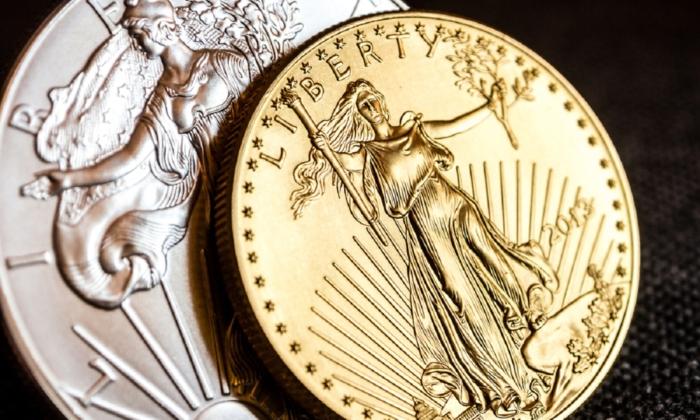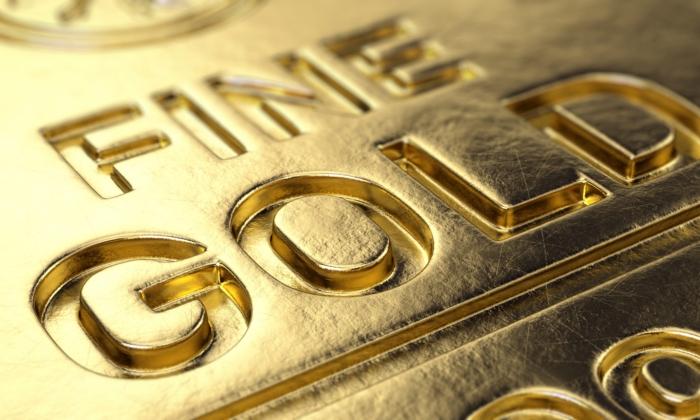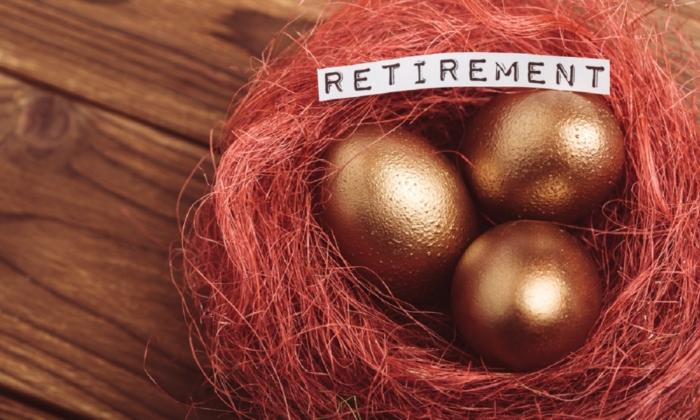You might have wondered which precious metal, silver or white gold, has more value and makes a better investment. While silver and white gold may look very similar, the two metals are fairly different.
Which Is More Valuable: White Gold or Silver?
White gold and silver costs vary based on supply and demand, availability, and inflation. However, white gold is more valuable and expensive than silver. Why? It has to do with the composition of each metal.Composition of White Gold
White gold is an alloy metal that combines more than one metal. Essentially, a white gold alloy (e.g., an 18k white gold ring) consists of 75 percent pure yellow gold and 25 percent other metals, such as nickel, zinc, or palladium. However, a white gold and nickel alloy are worth less than a white gold and palladium alloy, as the latter contains more expensive metal.Composition of Sterling Silver
Alternatively, sterling silver consists of 92.5 percent pure silver and 7.5 percent other metals, such as copper or nickel. Pure silver is very soft, so jewelers often mix it with other metals, like zinc, copper, or nickel, to add strength. However, nickel isn’t hypoallergenic, so copper is the more popular choice for sterling silver.How to Tell the Difference Between White Gold and Silver
When looking at white gold and silver, these soft metals have nearly indistinguishable initial appearances. However, there are fundamental differences between the two metals. So, whether you’re buying a white gold engagement ring or investing in silver for your wealth portfolio, it’s essential to be well-informed.Appearance
Both white gold and silver look very similar, and, understandably, people often mistake the two at first glance. They’re smooth, with a grayish-white hue ideal for showcasing cooler skin tones.Durability
Remember, pure gold and silver are soft, scratch easily, and, therefore, aren’t ideal for jewelry in their pure form. So both white gold and sterling silver jewelry are metal alloys to increase their hardness and durability.However, when comparing white gold and silver in terms of durability, white gold is usually the better choice because it contains high-quality alloy metals. Pure silver jewelry isn’t strong enough to withstand the daily wear and tear most jewelry items go through. Sterling silver is better, but it’s still a soft metal that can change shape with everyday wear.
Maintenance
Did you ever have a silver piece of jewelry that developed a dark-colored patina on its surface? Due to moisture and oxygen exposure, regular and sterling silver alloys (copper, nickel, etc.) can tarnish very quickly.Here’s one of our best jewelry tips: You can easily clean off tarnish using a combination of cornstarch, lemon juice, and vinegar, or you can take it to a professional and have them polish your silver jewelry.
What Is White Gold Made Of?
The composition of white gold varies, although the standard is 75 percent pure gold and 25 percent other metals, such as nickel, palladium, copper, or even silver. White gold (mainly jewelry) often features rhodium plating, which makes it stronger and gives it that shiny white color.Does White Gold or Silver Tarnish Faster?
Would a sterling silver or white gold ring tarnish faster? Well, technically, white gold doesn’t tarnish as silver does. Instead, the rhodium plating surrounding it may wear off gradually and reveal its original yellow color. Fortunately, a jewelry store can easily recoat a worn-away white gold piece.Factors Affecting the Price of White Gold vs. Silver
Like other metals (platinum, nickel, copper, etc.), silver and white gold prices vary quickly and often due to multiple factors, including:- Supply and demand—Greater supply drives down prices and lowers demand. A smaller supply causes higher demand and rising prices.
- Inflation—America is facing a 40-year high of inflation, which drives up the price of gold and silver.
- Economic data—In times of economic uncertainty, the value of silver, gold, platinum, etc., drives up prices. When the economy is strong, the prices drop.
- Production—The production of silver, gold, and other metals also affects pricing. Countries with political unrest or supply chain difficulties can disrupt production and transport, causing the price of rare Earth metals to rise sharply.
Which Is Better for Jewelry: White Gold or Silver?
So, when comparing white gold vs. silver, which metal is best for jewelry? Of course, it depends on personal preference. However, there are some additional factors to consider when determining whether silver or white gold jewelry is best for you, whether you’re shopping for an engagement ring or just an everyday costume jewelry necklace to wear, including:- Budget—Silver is cheaper than white gold, making it popular for shoppers on a budget. That doesn’t mean silver pieces look cheap or like costume jewelry. Lots of sterling silver jewelry (and fine silver, which is 99 percent pure) is beautiful, finely crafted, and ideal for high-class events. However, white gold looks just as beautiful, despite its price tag.
- Content—People with skin sensitivities may want to choose white gold over sterling silver. Why? Some sterling silver contains nickel, which can cause an allergic reaction in people with sensitive skin. The safest bet is a nickel-free, white gold alloy containing palladium.
- Maintenance—Silver jewelry requires more maintenance than white gold because the metal tarnishes quickly. While the rhodium plating on white gold may wear out eventually, silver tarnishes much faster and more frequently.
Which Is the Better Investment: Silver or White Gold?
Investing in silver, white gold, and other metals is a personal decision you should consider carefully. However, many people prefer to invest in precious metals because they are a prudent way to diversify a wealth portfolio and mitigate risk. In addition, investing in physical assets like gold and silver instead of paper assets (i.e., stocks, bonds, etc.) is a “safe haven” investment because they hold inherent value.- direct purchases of bullion or bars,
- opening a silver IRA, or
- purchasing silver coins or jewelry.





